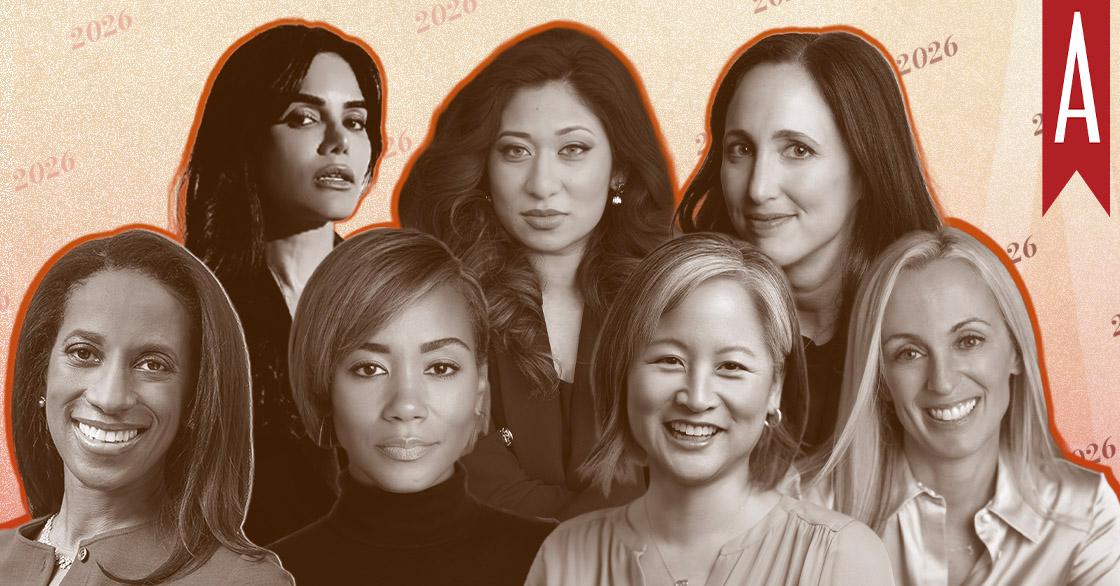4 Women Who Confidently Built Careers In STEM

Breaking into STEM as a woman can be intimidating. Societal stereotypes suggest that girls are less capable in math and science than boys. The World Economic Forum reports that women make up only 28% of the global STEM workforce. With such obstacles in place, even the most talented women can feel hesitant about a career in STEM.
Despite the challenges, some women remain undaunted. The four women below leveraged curiosity, community, self-advocacy, and determination to thrive in their fields. Their journeys into successful careers can serve as a blueprint for any woman or girl interested in STEM.
Christina Ernst
A self-proclaimed “fashioneer,” Christina Ernst did not follow a traditional path into STEM. Instead, she combined her love of fashion and engineering to create a now-famous color-changing skirt at a hackathon. The level of interest the skirt received from girls inspired Christina to use design as an entry point into STEM.
A software engineer at Google, Christina shares free projects for beginners on her site, She Builds Robots and served as Maker-in-Residence at the Chicago Public Library. Her work and experiences taught her that creating something physical builds confidence.
“Make sure you are taking opportunities to put your all into your projects,” she shared with Illini Success. “That is what is going to get you through your harder times when you are not feeling confident — pointing back to your tangible products, and knowing you succeeded.”
Dr. Sandra Johnson
Known as the first African-American woman to earn a PhD in computer engineering in the United States, Dr. Sandra Johnson embodies self-confidence. This strong self-belief has been her constant companion through every stage of her career, from her studies to 26 years at IBM to starting SKJ Visioneering, a technology consulting firm.
Sandra stressed the importance of self-advocacy and networking as essential to success when speaking with the Modern Figures Podcast.
“I’m an introvert, but I have to do what I need to do to make the connections that are needed for people to be aware of who I am, the work that I’ve done, and be recognized for future opportunities,” she said. “I was not going to make significant progress in my career [standing against a wall].”
Dr. Anne-Marie Imafidon
A tech prodigy and thought leader, natural curiosity guided Dr. Anne-Marie Imafidon’s journey. From taking apart the family VCR to exploring and tinkering, she always had a desire to understand how things work.
Being part of the minority in tech spaces led Anne-Marie to start Stemettes. The organization works to increase diversity in STEAM and provide a community for underrepresented groups. She also challenges stereotypes that limit women in pursuing STEM careers.
“It can be so isolating,” she said in an interview with BBC Ideas. “You can feel so alone that, just a little bit of effort to get folks together pays so many dividends for what they do next and how they see themselves.”
Dr. Shini Somara
A mechanical engineer and broadcaster, Dr. Shini Somara describes herself as a creative child who struggled with math. The expectation that she would follow in her father’s footsteps into engineering intimidated her, but she refused to let that stop her. She overcame her struggles through hours of hard work and determination.
In addition to her work in engineering, Shini is passionate about making complex STEM topics engaging, accessible, and understandable for others. She has published seven books for youth, created two YouTube series about physics and engineering, and hosted several podcasts for women in STEM.
“There’s a myth that you have to be really good at maths and physics,” she said during a conversation at the Bath Royal Literary and Scientific Institute. “But actually, you just have to be really creative, think outside the box, and not be afraid to try things and even fail, but learn from it.”






